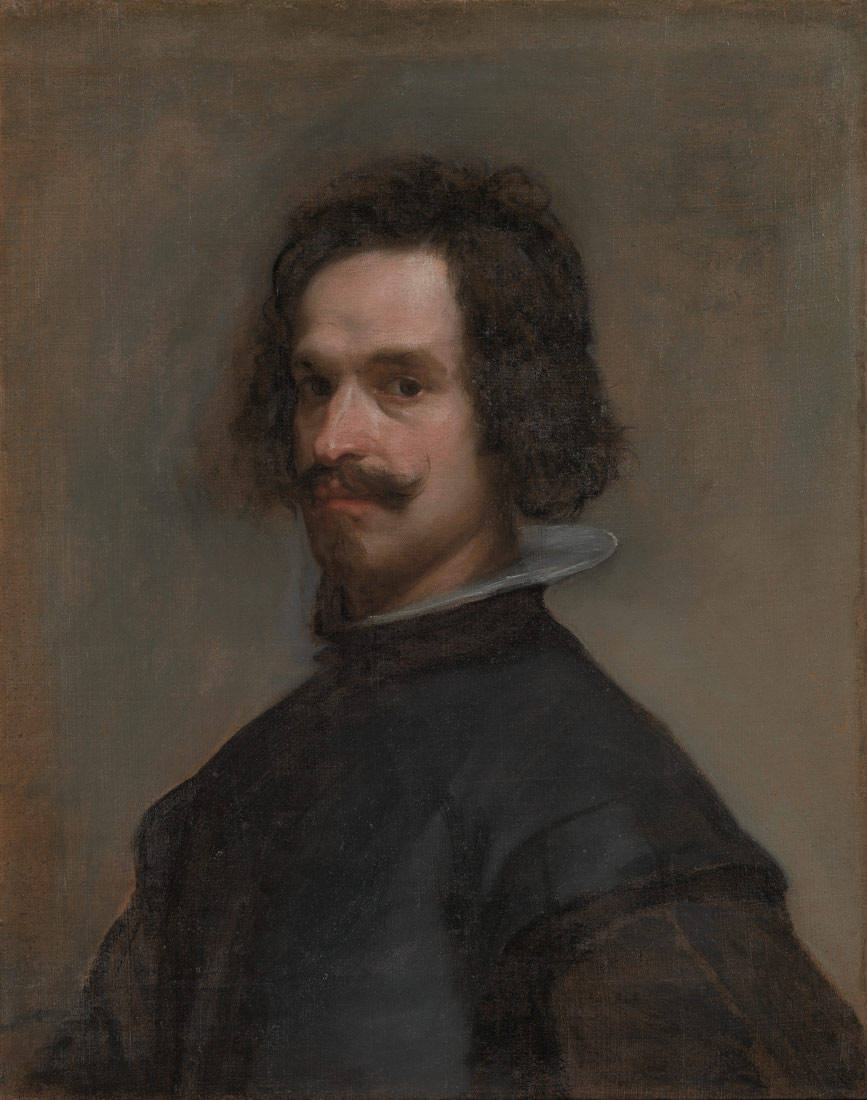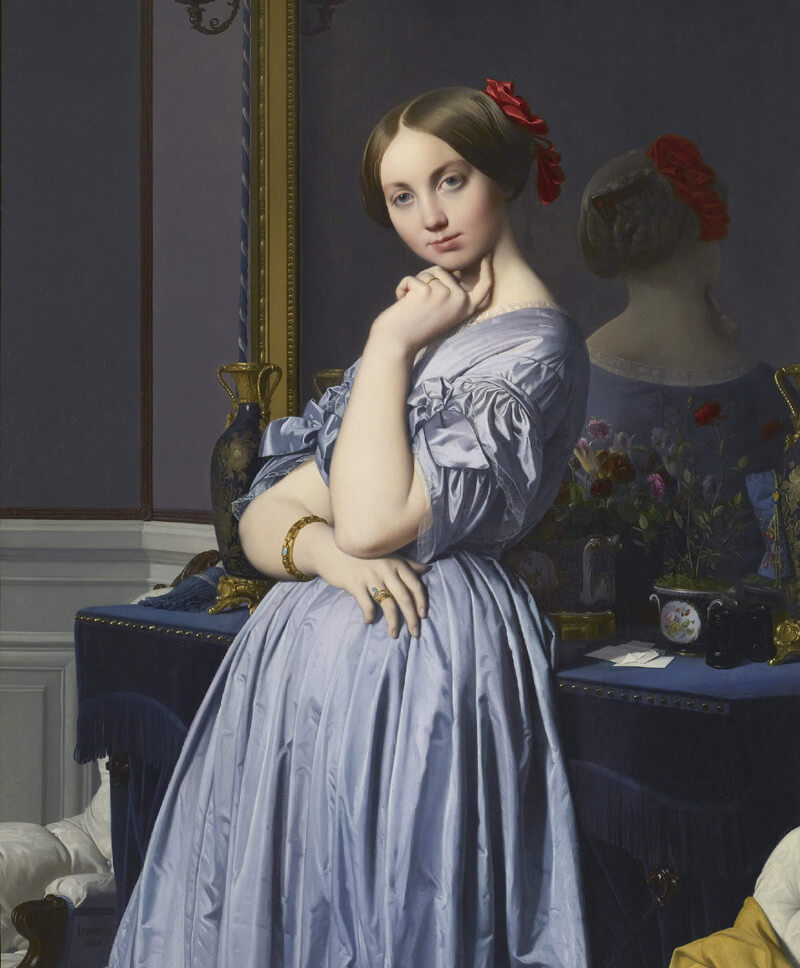Lessons to My Pupils:
First Lesson
Is Painting simply an imitative art? No; it is, above all, an art of expression. There is not one of the great masters of whom this is not true. Even the masters who were most absorbed by outward beauty, being influenced by it according to the sensitiveness of their natures, understood that they neither could not ought to reproduce anything but the spirit of nature either in form or color. Thus it happens that these masters have interpreted nature, and not given a literal translation. This interpretation is precisely what makes the personality of each of them. Without this individual point of view there can be no really original work.
This shows how dangerous are those schools that, restricting the artists to the same methods, do not permit them to develop their individual feeling. These schools, however, make use of a very respectable motto: “Tradition.” But what are we all but the result of tradition? — only we ought to be free to choose in the direction that agrees with our aspirations, and not have imposed upon those of another man, however great he may be.
This shows how dangerous are those schools that, restricting the artists to the same methods, do not permit them to develop their individual feeling. These schools, however, make use of a very respectable motto: “Tradition.” But what are we all but the result of tradition? — only we ought to be free to choose in the direction that agrees with our aspirations, and not have imposed upon those of another man, however great he may be.
In the French school, since Ingres, the tradition comes from Raphael. That was very well for Ingres, who freely chose the master from whom he really descended; but we who have other needs, who desire reality — less beautiful, without doubt, but more passionate, more living, more intimate, we should search a guide amongst the masters who responds most fully to our temperament.
Imagine the painters of the seventeenth century in Spain, Flanders, or Holland obliged to follow in the footsteps of Raphael instead of the inspiration of their individual genius! What would have become of their reproductions? Instead of Velasquez, Rembrandt, Rubens, Teniers, Ostade, and Brauwer, we should have a lot of would-be Raphaels, counterfeited, stunted, and grotesque, a commonplace and disheartening plagiarism substituted for their sincerely and extremely varied chefs-d’oeuvre.
The example that I have just given you in the past has a singular application at present, when the same causes are producing the same disastrous results. It is as absurd to attempt to impose on artists one and the same mold in which all — powerful or weak, impassioned or timid — must form their thought, as it would be to constrain them to modify their physical natures until all should resemble a given model. Art lives only by individual expression. Where would we be if the great masters of all times had only looked to the past — they who not only prepared, but made the future?
Works of art can only be produced by the recalling of our aspirations and experiences. To live one’s work is the condition, the sine qua non, of its power and of its truth.
These principles apply not only to “compositions,” but also to the painting of portraits, which many wrongly believe to be another art, because the greater part of portrait painters have only represented the visible form of their subject. If we study the masters that are looked upon as first in this order, we shall see that they have not been contented with the material appearance, but that, putting themselves aside, they have sought the particular characteristics of the model — his mind and his temperament as well as his manner. To place all one’s models on the same background is like serving all kinds of fish with the same sauce.
We will review some of those who, right or wrong, have come down to us as types: Holbein, Velasquez, Rembrandt, Titian, Raphael, Van Dyck. Which if these painters best agrees with the ideas I have just expressed? Among the persons painted by Holbein, Velasquez, and Rembrandt, there is not one that does not seem to be known to you intimately. You exclaim, in spite of yourself: “I feel as it I knew him — what a good likeness it must be! Each has his own individuality apart from the habits and plastic tendencies of the painter.
Titian, in spite of his admirable works in this art, is a transition between these first and those less close in their portrayal of the individuality of their subjects.
Raphael, in his love for beauty and harmony, only heeded the model posing before him as far as it coincided with his ideal. In all his portraits we see Raphael; but it is impossible to disengage the precise individuality of the person portrayed.*
In Van Dyck it is yet more noticeable. He has painted commoners and nobles, giving them all the same style, the same elegance, that sprang from his own taste and graceful personality.
 |
| "Portrait of a Man" by Velazquez |
 |
| "Charles de Solier, Sieur de Morette," by Holbein the Younger |
 |
| "Portrait of a Man with a Quilted Sleeve" by Titian |
Raphael, in his love for beauty and harmony, only heeded the model posing before him as far as it coincided with his ideal. In all his portraits we see Raphael; but it is impossible to disengage the precise individuality of the person portrayed.*
 |
| "Baldasarre Castiglione" by Raphael |
In Van Dyck it is yet more noticeable. He has painted commoners and nobles, giving them all the same style, the same elegance, that sprang from his own taste and graceful personality.
 |
| "Martin Ryckaert" by Sir Anthony Van Dyck |
This necessity of self-abnegation, indispensable to the portraitist, is the only thing that separates the portrait from composition.
I will leave to Ingres, who did wonders in this direction, and to Delacroix, who really was unable to make a portrait, the task of saying to which of these two genres supremacy belongs — if supremacy there be. Ingres said that only the greatest masters had made true portraits. Delacroix wrote, with a sadness that one feels between the lines, that
"Portraiture is the most difficult thing in art. I myself believe that each offers different but equivalent difficulties, the placing on view of one person being as complex as that of ten. In a picture you must draw all from your own soul, your remembrance of the phenomena of nature and your feeling toward nature, your past joys and griefs."
 |
| "Louise de Broglie, Countess d'Haussonville" by Ingres |
*M. Duran, we think, will not find many to agree with him in so sweeping a condemnation of Raphael’s portraits. Editor.
No comments:
Post a Comment